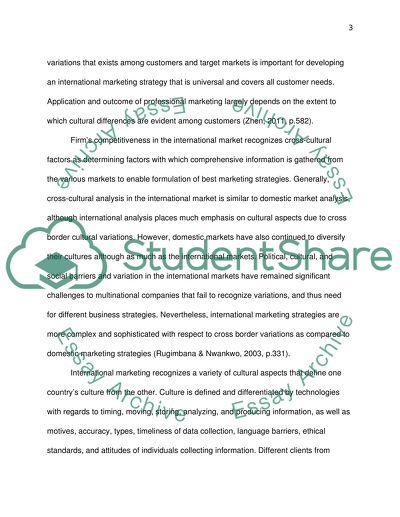Cite this document
(“Understanding of culture and cultural differences as fundamental for Essay”, n.d.)
Retrieved from https://studentshare.org/marketing/1396497-understanding-of-culture-and-cultural-differences-as-fundamental-for-international-marketing
Retrieved from https://studentshare.org/marketing/1396497-understanding-of-culture-and-cultural-differences-as-fundamental-for-international-marketing
(Understanding of Culture and Cultural Differences As Fundamental for Essay)
https://studentshare.org/marketing/1396497-understanding-of-culture-and-cultural-differences-as-fundamental-for-international-marketing.
https://studentshare.org/marketing/1396497-understanding-of-culture-and-cultural-differences-as-fundamental-for-international-marketing.
“Understanding of Culture and Cultural Differences As Fundamental for Essay”, n.d. https://studentshare.org/marketing/1396497-understanding-of-culture-and-cultural-differences-as-fundamental-for-international-marketing.


